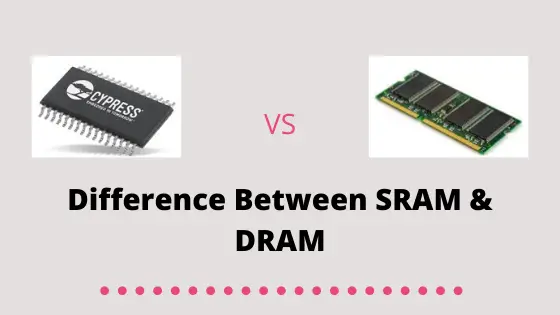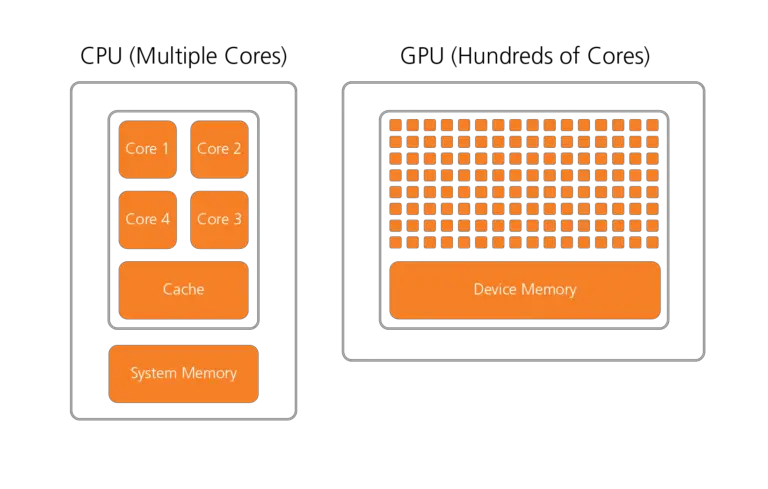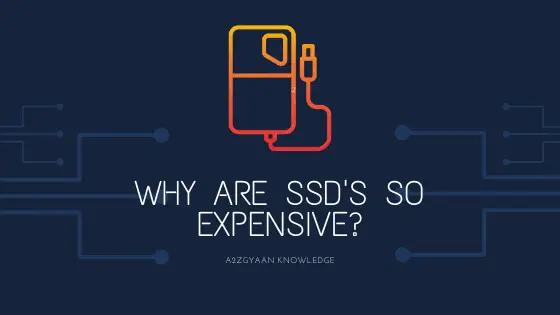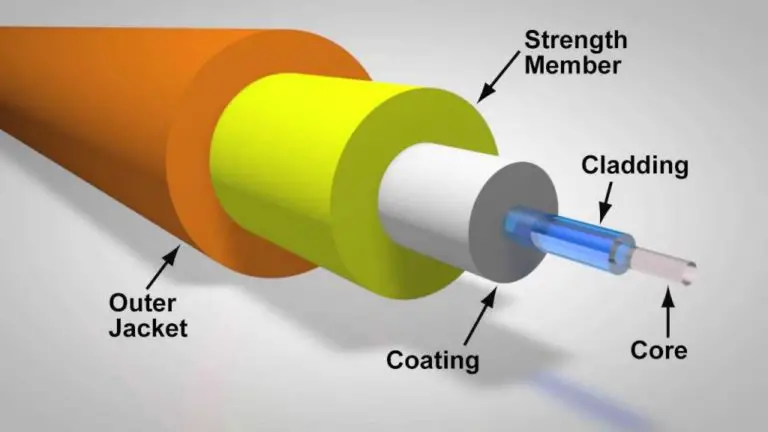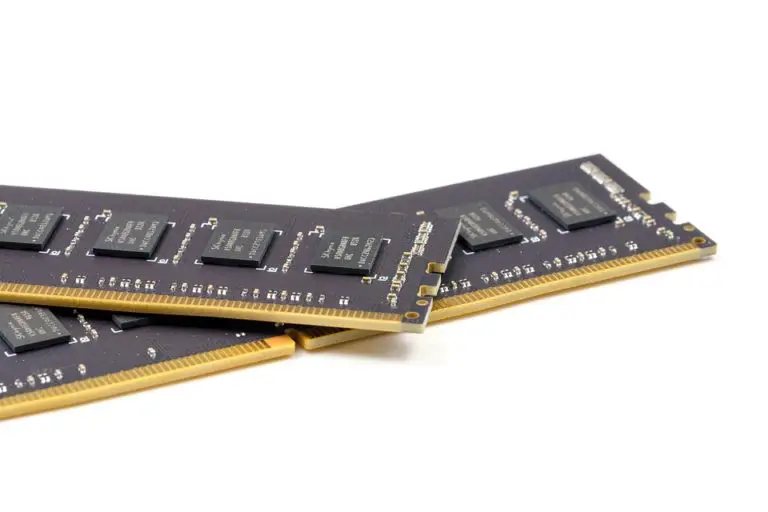Difference between Multicore and Multiprocessor
In this article, we will study about the two systems in computer architecture – Multicore and Multiprocessor and subsequently compare them on the basis of their functionality.
Multicore
The term “Multicore” can be split into two parts – “Multi” meaning many and “core”, which is the basic computational unit of a processor (CPU) used to perform input and output operations.
From the above explanation, we infer that a multicore is a processor which has a number of cores that perform multiple instructions at the same time. These instructions include arithmetic operations, logical operations, data transferring, data conversion etc. Since these types of processors are efficient in performing multiple tasks simultaneously, they reduce the overall time of execution of programs. Also, these processors ensure the safety of hardware components as they produce very less heat.
Advantages of Multicore
- The cores are integrated into a single package onto an Integrated circuit. (IC).
- They allow Cache Coherency. It means that the data is not lost or overwritten in any way.
- They support Multithreading. It means that a single piece of code or a single program can be used by multiple cores to perform the execution.
- They allow Parallel Computing. It means that using multicore, we can perform several calculations by breaking a large code into small parts simultaneously.
- These systems consume less energy, ensure quality high performance and are energy efficient.
- Since these cores are integrated into a single package, they take less time for execution and have less traffic.
Disadvantages of Multicore
- Suppose that a single core processor works at speed X, then it is not necessary that a dual-core processor would work at speed 2X. Generally the speed of a multicore is less than expected.
- Some operation systems don’t support multicores and work only on single core.
- An operating system compatible with a multicore would run slower on a single core.

Multiprocessor
The term “Multiprocessor” can be split into two parts – “Multi” meaning many and “processor”, which is the component of a computer responsible for the processing of instructions. The CPU is the processor in a computer system. Two or more CPUs working together on a single computer is called a multiprocessor.
There are many types of processors available like a single processor system, which performs one operation at a time. Dual processor, which performs two operations at a time, quad processors perform four operations and octa processors perform eight operations at a time. The advantage of using these multiprocessors is their reliability. Even if one processor fails to perform an instruction, its failure does not affect the working of other processors.
Advantages of Multiprocessors
- The number of processes being executed per unit time is increased.
- Reliable due to non-dependency of processors on one another.
- They support parallel processing.
Disadvantages of Multiprocessors
- It has more traffic.
- Multiple processors working at the same time may result in incoordination of processors.
Difference between Multicore and Multiprocessor
| Multicore | Multiprocessor |
| It is a single CPU responsible for input and output processes. | It is a collection of two or more CPUs responsible for the processing of data. |
| The execution of a single program is faster. | It performs multiple processes at a faster pace. |
| It has less traffic. | It has more traffic. |
| Less reliable since working of one core affects working of another. | More reliable as all CPUs work independently. |
| It is cheap. | It is expensive. |
Both multicore and multiprocessor have one basic similarity that both help in increasing the speed of execution of programs. Different operating systems use different types of cores and processors which are compatible with their system.

